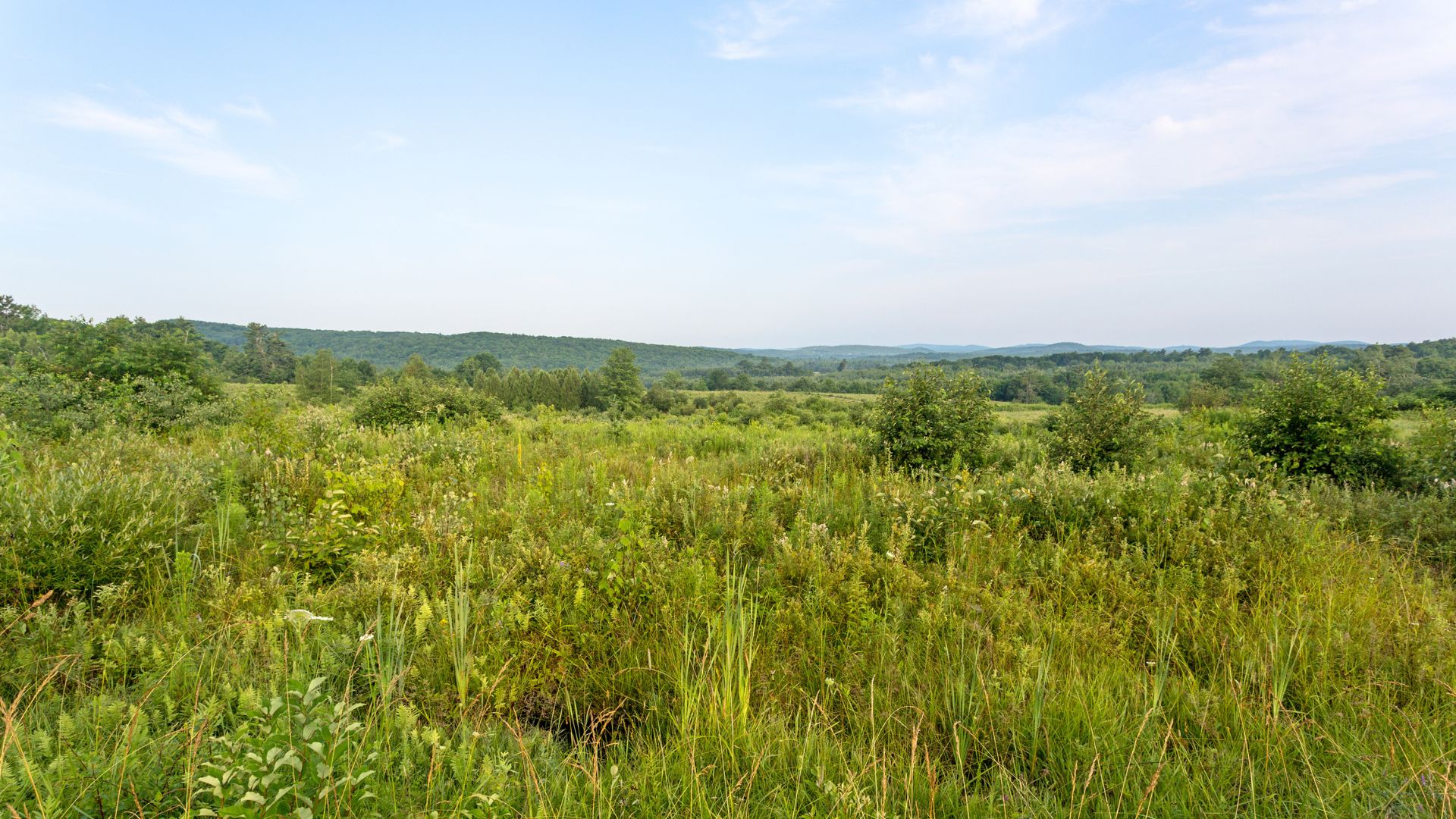
.
Commercial real estate in Saskatoon is thriving in most sectors, with a shortage of space for lease in multiple asset classes placing upward pressure on price per square foot, while limited availability is hampering sales activity.
Industrial is extremely tight, with any space coming to market immediately scooped up. In 2018, lease rates hovered between $5 to $7 per square foot on the northside of town – that’s now doubled, with rates closer to $12 to $15 per square foot and rising. Retail in suburban neighbourhoods has also soared, with limited inventory contributing to skyrocketing rates. Retail leases are hovering between $25 to $30 per square foot, with common costs amounting to another $12 to 15 per square foot. Demand is so strong that landlords feel no pressure to negotiate, especially for newer, up and coming areas, where product is few and far between.
Office leasing on the other hand has faced some challenges in the downtown core with key players such as banks and corporate offices leaving former A class space for new A class office buildings on the riverfront. The new construction has drawn so many tenants from neighbouring offices that an estimated 50 per cent of B class buildings are vacant. Landlords are willing to work with the right tenant, offering step leases and long-term improvement allowance.
The multi-family residential segment remains strong, with door values climbing about 17 per cent year-over-year, rising from $115,0000 to $135,000. Demand for units is robust, with new Canadians and young buyers representing the lion’s share of activity. Investors from Ontario and BC are especially active in this segment of the market.
Land is available for sale but is primarily situated on the city’s borders. Priced from $1 million an acre for land serviced to the property line, the combination of land cost and development levies are not for the faint of heart. Smaller developers are struggling under the weight of these expenses, made worse by the extended approval process at city hall and its endless series of hurdles to be satisfied. In today’s high interest rate environment, when builders’ margins are already thin, returns can be disappointing. Infill is also occurring, with the city’s foremost developers snapping up land within older, established areas for high-end condominiums.
Industrial sales are the driving force in the commercial sector, with REITS and institutional investors vying against end users. Lack of supply continues to hamper activity, prompting some end users to purchaser older, existing buildings and rehabilitate or tear down, according to their requirements. In one recent instance, three large buildings at least 35,000 square feet in size were torn down for a massive, three-storey building constructed on the same footprint. While Toronto is well-known for its crane count, Saskatoon is now home to the backhoe.
Retail in suburban neighbourhoods has also soared, with limited inventory contributing to skyrocketing rates. Retail leases are hovering between $25 to $30 per square foot, with common costs amounting to another $12 to 15 per square foot. Demand is so strong that landlords feel no pressure to negotiate, especially for newer, up and coming areas, where product is few and far between.
Strong demand and heated activity now characterize the market for farmland, where no comparable sales currently exist. Every sale of a quarter section (160 acres) is now setting a new record. Rents are up significantly, with current costs rising from $80 an acre one year ago to $165. Large farmers continue to expand their operations, with road gear dictating their purchase price. Land that is closer to existing operations fetches higher prices than those farther away. According to Farmland Credit Canada’s most recent report, overall values rose 14.2 per cent in Saskatchewan in 2022, compared to one year earlier, with a lack of availability threatening to push prices higher. While large farming operations have dominated the landscape for many years, there has been a notable increase of small farmers returning to the province over the past year.





